43 label the steps and components of the polymerase chain reaction.
Meningitis Lab Manual: PCR Detection and Characterization | CDC Polymerase chain reaction (PCR) PCR was developed in the mid- to late 1980s (36, 42) and is considered one of the most important methodological inventions in molecular biology. It is designed to permit selective amplification of a specific target DNA sequence(s) within a heterogeneous collection of DNA sequences (e.g., total genomic DNA). polymerase chain reaction | Definition & Steps | Britannica PCR is a three-step process that is carried out in repeated cycles. The initial step is the denaturation, or separation, of the two strands of the DNA molecule. This is accomplished by heating the starting material to temperatures of about 95 °C (203 °F). Each strand is a template on which a new strand is built.
Microbiology - Mastering Microbiology Homework Chapter 8 (Visualize It ... Chapter 8 Figure 1 - You will identify the steps and components of the polymerase chain reaction. (See image above.) Label the steps and components of the polymerase chain reaction. Drag the appropriate labels to their respective targets. (See image above.) Sets found in the same folder.
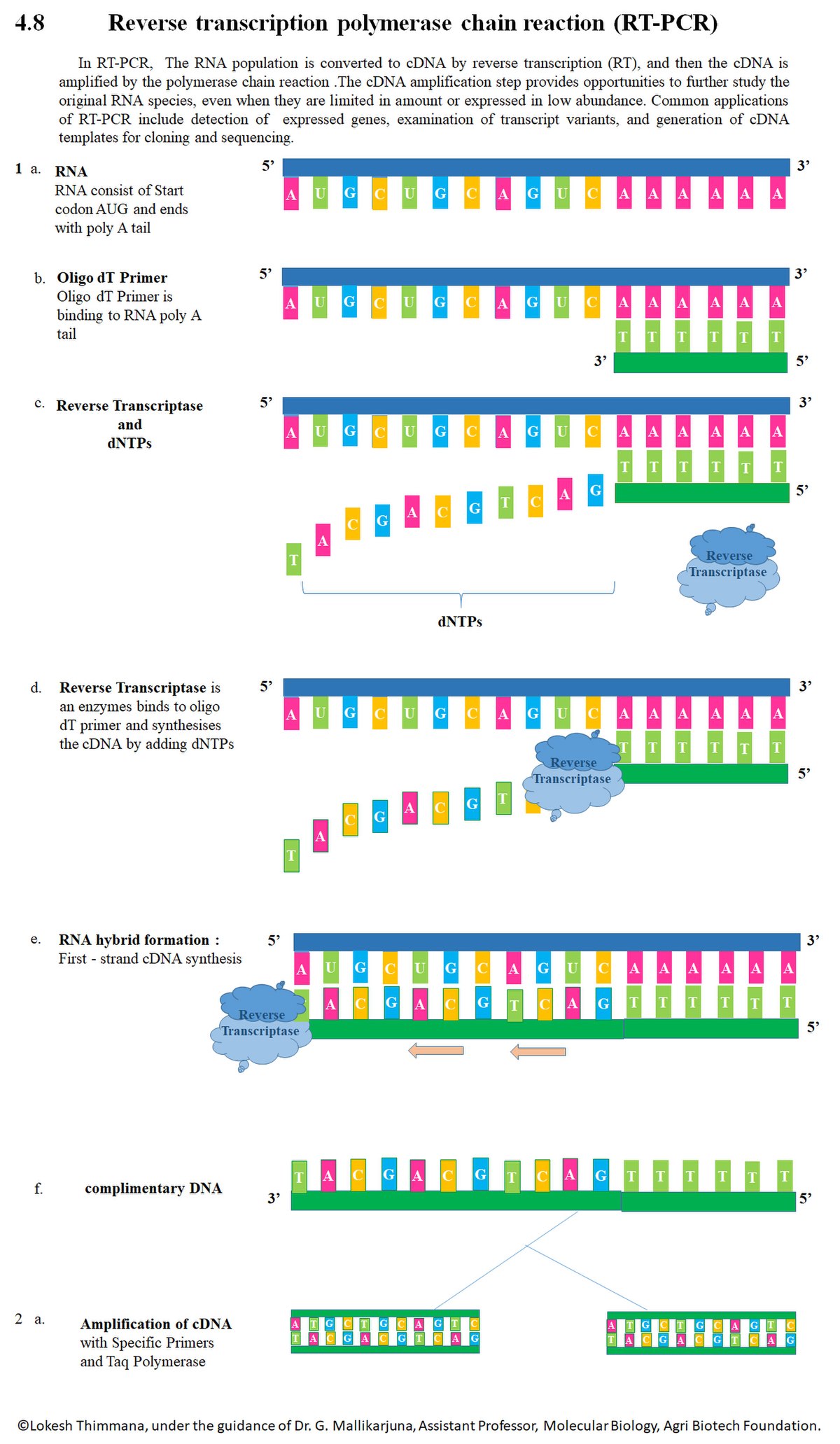
Label the steps and components of the polymerase chain reaction.
Polymerase Chain Reaction - an overview | ScienceDirect Topics The polymerase chain reaction (PCR) is a basic molecular technique used for amplifying target sequences from a DNA template in an exponential manner. This is accomplished by using thermal cycling, a process in which a solution that includes DNA is repeatedly heated and cooled in order to (1) melt the DNA, (2) anneal short DNA fragments called primers (typically artificially designed oligonucleotides) to the complementary DNA target, and (3) enzymatically replicate the primer-bound sequences ... The Polymerase Chain Reaction (With Diagram) - Biology Discussion Let us make an in-depth study of the polymerase chain reaction, which is a technique for amplifying DNA sequences. The below given article will help you to understand the following things:- 1. Polymerase Chain Reaction Amplifies Specific Regions of DNA 2. Performing a Polymerase Chain Reaction 3. Taq Polymerase Simplifies and Improves the Polymerase Chain Reaction and Others. Course Help Online - Have your academic paper written by a ... All our academic papers are written from scratch. All our clients are privileged to have all their academic papers written from scratch. These papers are also written according to your lecturer’s instructions and thus minimizing any chances of plagiarism.
Label the steps and components of the polymerase chain reaction.. PCR - Amplifying DNA | Ask A Biologist 3. Taq polymerase. This is the enzyme that is in charge of replicating DNA. This is the polymerase part of the name polymerase chain reaction. 4. Nucleotides. You'll need to add nucleotides (dNTPs) so the DNA polymerase has building blocks to work with. There are three major steps to PCR and they are repeated over and over again, usually 25 to ... Steps Involved in Polymerase Chain Reaction in DNA Sequence Some of the major steps involved in polymerase chain reaction in DNA sequence are: 1. Step 1: Denaturation by Heat 2. Step 2: Annealing Primer to Target Sequence 3. Step 3: Extension 4. Step 4: End of the First PGR Cycle. The polymerase chain reaction (PGR) amplifies a single piece of DNA across several orders of magnitude, see figure 6.2. Polymerase chain reaction (PCR) (article) | Khan Academy The steps of PCR The key ingredients of a PCR reaction are Taq polymerase, primers, template DNA, and nucleotides (DNA building blocks). The ingredients are assembled in a tube, along with cofactors needed by the enzyme, and are put through repeated cycles of heating and cooling that allow DNA to be synthesized. The basic steps are: PCR Process Steps Explained - Cole-Parmer DNA polymerase: an enzyme that aids in the synthesis of a complementary strand of DNA ; Nucleotide solution mix containing adenine (A), thymidine (T), cytosine (C), and guanine (G) used to build duplicate DNA strands; PCR process steps. The PCR process has 4 steps:collection, preparation, amplification, and post PCR clean-up. The PCR machine steps happen in the amplification step.
Polymerase Chain Reaction (PCR) : Principle, Procedure, Components ... The polymerase chain reaction is composed of four primary steps: 1. The first step is denaturation using heat. 2. The second step is annealing the primer to a specific target sequence of DNA. Extension 3. End of the first cycle. Post_Tutorial4_PCR.pdf - Polymerase Chain Reaction (PCR)... Label the directionality of the DNA in the small boxes at the end of each of the DNA strands. One end of the bottom strand is already labeled for you. In a Polymerase Chain Reaction (PCR) experiment, you want to make copies of a region of DNA taken from a bacterial cell (or any type of cell). The figure above shows a region of double-stranded DNA from the bacterial cell and the region you want ... Identify the sixcomponents of a polymerase chain reaction (PCR).... Please identify the three major steps of the polymerase chain reaction. For each step, please provide details as to what is happening at each step. (4 pts.) As we begin the discussion of PCR and the factors that influence PCR, we are going to take a step back and tie in into module 1 work with DNA extractions. Research Techniques Made Simple: Polymerase Chain Reaction (PCR) The DNA polymerase is the key enzyme that links individual nucleotides together to form the PCR product. The nucleotides include the four bases - adenine, thymine, cytosine, and guanine (A, T, C, G) - that are found in DNA. These act as the building blocks that are used by the DNA polymerase to create the resultant PCR product.
5 key PCR components and their functions - Biology - ReachingForDreams Five basic reagents of the polymerase chain reaction are DNA template, PCR primers, deoxynucleoside triphosphates, PCR buffer, and Taq polymerase. Quality of each component influences the sensitivity and efficiency of the polymerase chain reaction. Steps in the Polymerase Chain Reaction - Study.com Skills Practiced. This quiz and worksheet test the following skills: Reading comprehension - ensure that you draw the most important information from the related polymerase chain reaction lesson ... Standard PCR Protocol - Sigma-Aldrich A standard polymerase chain reaction (PCR) setup consists of four steps: Add required reagents or mastermix and template to PCR tubes. Mix and centrifuge. *Add mineral oil to prevent evaporation in a thermal cycler without a heated lid. Amplify per thermo cycler and primer parameters. Polymerase Chain Reaction: Basic Protocol Plus Troubleshooting and ... Start by making a table of reagents that will be added to the reaction mixture (see Table 1 ). Next, label PCR tube (s) with the ethanol-resistant marker. Reaction volumes will vary depending on the concentrations of the stock reagents. The final concentrations (CF) for a typical 50 μl reaction are as follows.
Solved 3' 3' | Chegg.com Label the steps and components of the polymerase chain reaction. Show transcribed image text Expert Answer. ... PCR is polymerase chain reaction. It is a chain of three reactions, which occur one after the other and lead to the amplification of gene of interest. The first step in PCR is denaturation.
Polymerase Chain Reaction (PCR) Fact Sheet - Genome.gov What is PCR? Sometimes called "molecular photocopying," the polymerase chain reaction (PCR) is a fast and inexpensive technique used to "amplify" - copy - small segments of DNA. Because significant amounts of a sample of DNA are necessary for molecular and genetic analyses, studies of isolated pieces of DNA are nearly impossible without PCR ...
Micro Exam 3 Flashcards | Quizlet Place the following PCR steps in the proper order: 1. Denaturation 2. Priming 3. Extension
Federal Register :: National Bioengineered Food Disclosure ... Dec 21, 2018 · Persons required to keep such records include food manufacturers, importers, and retailers who label bulk foods or package and label foods for retail sale. Section 66.302(a)(1) therefore requires that regulated entities maintain customary or reasonable records to demonstrate compliance with the BE food disclosure requirements.
Protein - Wikipedia A linear chain of amino acid residues is called a polypeptide. A protein contains at least one long polypeptide. Short polypeptides, containing less than 20–30 residues, are rarely considered to be proteins and are commonly called peptides. The individual amino acid residues are bonded together by peptide bonds and adjacent amino acid residues.
3 basic PCR steps of DNA amplification process - Biology 3 basic steps of PCR process. The polymerase chain reaction is a three step cycling process consisting of defined sets of times and temperatures. 3 basic PCR steps include: denaturation step; annealing step; extension (elongation) step. Each of these polymerase chain reaction steps is repeated 30-40 times (cycles).
Polymerization Reactions - Purdue University The simplest way to catalyze the polymerization reaction that leads to an addition polymer is to add a source of a free radical to the monomer. The term free radical is used to describe a family of very reactive, short-lived components of a reaction that contain one or more unpaired electrons. In the presence of a free radical, addition ...
PCR Setup—Six Critical Components to Consider | Thermo Fisher ... PCR Setup—Six Critical Components to Consider. The success of PCR depends on a number of factors, with its reaction components playing critical roles in amplification. Key considerations in setting up the reactions include the following and are detailed on this page: Template DNA. DNA polymerase.
Single-cell barcoding and sequencing using droplet ... - Nature Dec 08, 2016 · In this work, we describe the detailed steps for building and using an inDrops platform for whole-genome single-cell RNA sequencing. The protocol can be divided into five parts: the first two ...
Polymerase Chain Reaction - Sigma-Aldrich The polymerase chain reaction is one of the most widely used techniques in molecular biology. The PCR process consists of three main steps, Denaturation, Annealing & Extension
PCR: Reagents Used in Polymerase Chain Reaction - Study.com Reporter: PCR stands for polymerase chain reaction, which is a laboratory procedure that can be used to create copies of DNA. Template DNA is the DNA that is amplified during a PCR reaction.
Polymerase Chain Reaction- Definition, Principle, Steps, Procedure ... The word PCR is made up of Polymerase - Taq DNA polymerase + chain - cyclic reaction + reaction - biological activity. Taq DNA polymerase governed cyclic reaction is known as PCR. Thermocycler: The machine thermocycler provides various temperatures for each step to complete. Denaturation, annealing, and extension of DNA occur at different temperatures thus the machine is known as a thermocycler.
MCB: Exam 2 Sapling Questions Flashcards | Quizlet The image shows a time versus temperature plot for one cycle of polymerase chain reaction (PCR). Label the events that occur at each of the indicated regions of the plot. Select the ways in which genomic and cDNA libraries differ. cDNA libraries contain only the sequences from genes that are expressed in an organism. Genomic libraries are difficult to express in prokaryotic …
PDF BIO ALL IN1 StGd tese ch13 8/7/03 5:13 PM Page 298 Section 13-2 ... DNA sequences that provide a place for DNA polymerase to start working. 18. Circle the letter of the first step in the polymerase chain reaction. a. The copies become templates to make more copies. b. The DNA is cooled to allow the primers to bind to the single-stranded DNA. c. The DNA is heated to separate its two strands. d.
PDF Polymerase Chain Reaction (PCR) - G-Biosciences All components used in the polymerase chain reaction should be kept on ice.The students experiments should all be carried out on ice. 2. Transfer 150P l Sterile Water to the 5 Genomic Primer tube.Resuspend the primer by gently pipetting up and down. 3. Label six tubes with 5 Primer .
PCR and Gel Electrophoresis - Genetics, Agriculture, and Biotechnology The polymerase chain reaction laboratory technique is used in a variety of applications to make copies of a specific DNA sequence. This lesson describes how a PCR reaction works, what it accomplishes, and its basic requirements for success. ... watching this video can help you visualize the importance of each step, Name and Chemical Components ...
Chemical Components of PCR | Polymerase Chain Reaction (PCR) - passel For PCR there are five chemical components needed, including a DNA template, DNA polymerase enzyme, primers, nucleotides and reaction buffer. These are described here in detail. 1. The DNA template is that particular DNA sequence which you want copied. 2. There are two requirements for a suitable DNA polymerase enzyme for PCR.
Course Help Online - Have your academic paper written by a ... All our academic papers are written from scratch. All our clients are privileged to have all their academic papers written from scratch. These papers are also written according to your lecturer’s instructions and thus minimizing any chances of plagiarism.
The Polymerase Chain Reaction (With Diagram) - Biology Discussion Let us make an in-depth study of the polymerase chain reaction, which is a technique for amplifying DNA sequences. The below given article will help you to understand the following things:- 1. Polymerase Chain Reaction Amplifies Specific Regions of DNA 2. Performing a Polymerase Chain Reaction 3. Taq Polymerase Simplifies and Improves the Polymerase Chain Reaction and Others.
Polymerase Chain Reaction - an overview | ScienceDirect Topics The polymerase chain reaction (PCR) is a basic molecular technique used for amplifying target sequences from a DNA template in an exponential manner. This is accomplished by using thermal cycling, a process in which a solution that includes DNA is repeatedly heated and cooled in order to (1) melt the DNA, (2) anneal short DNA fragments called primers (typically artificially designed oligonucleotides) to the complementary DNA target, and (3) enzymatically replicate the primer-bound sequences ...




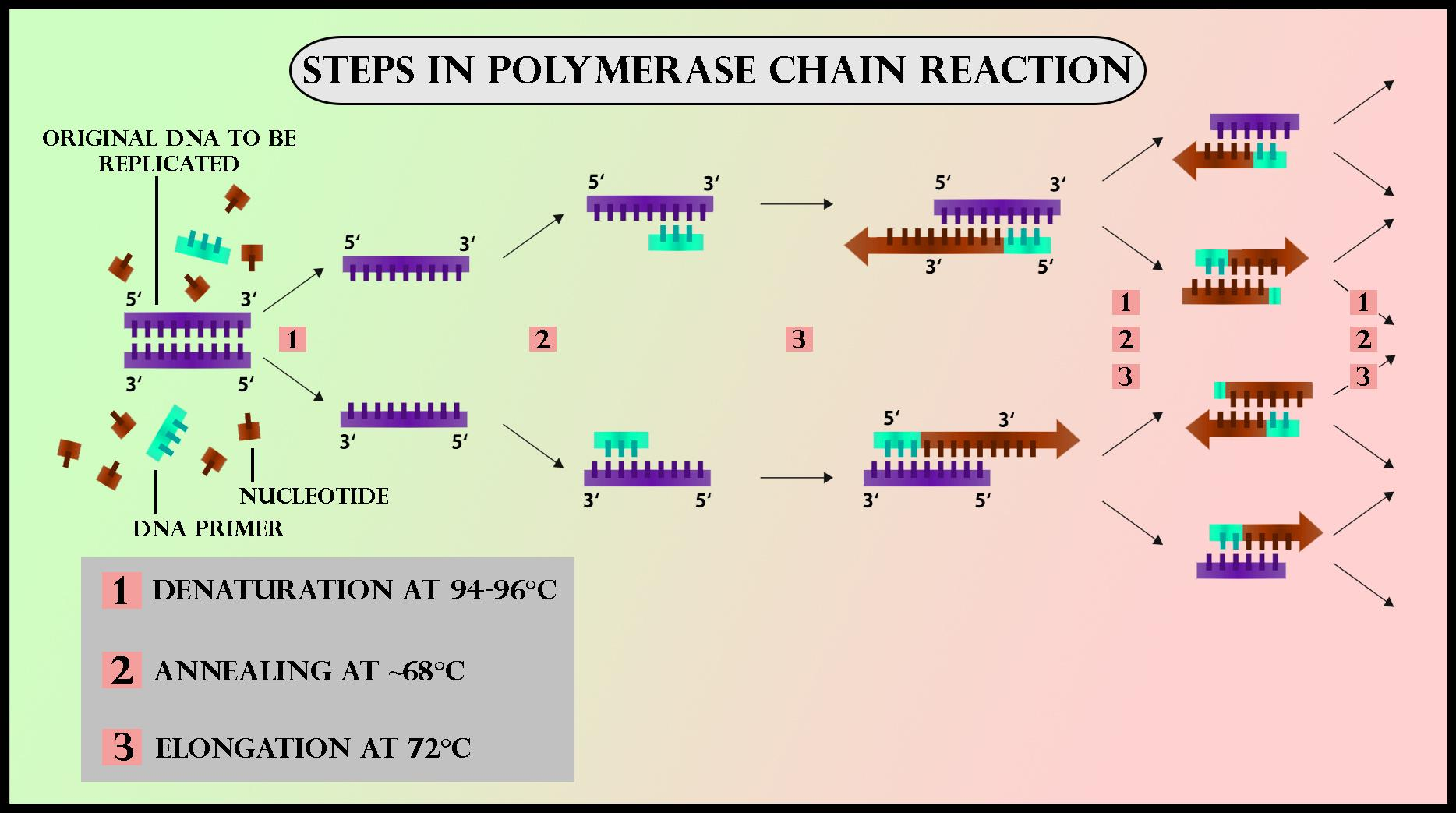







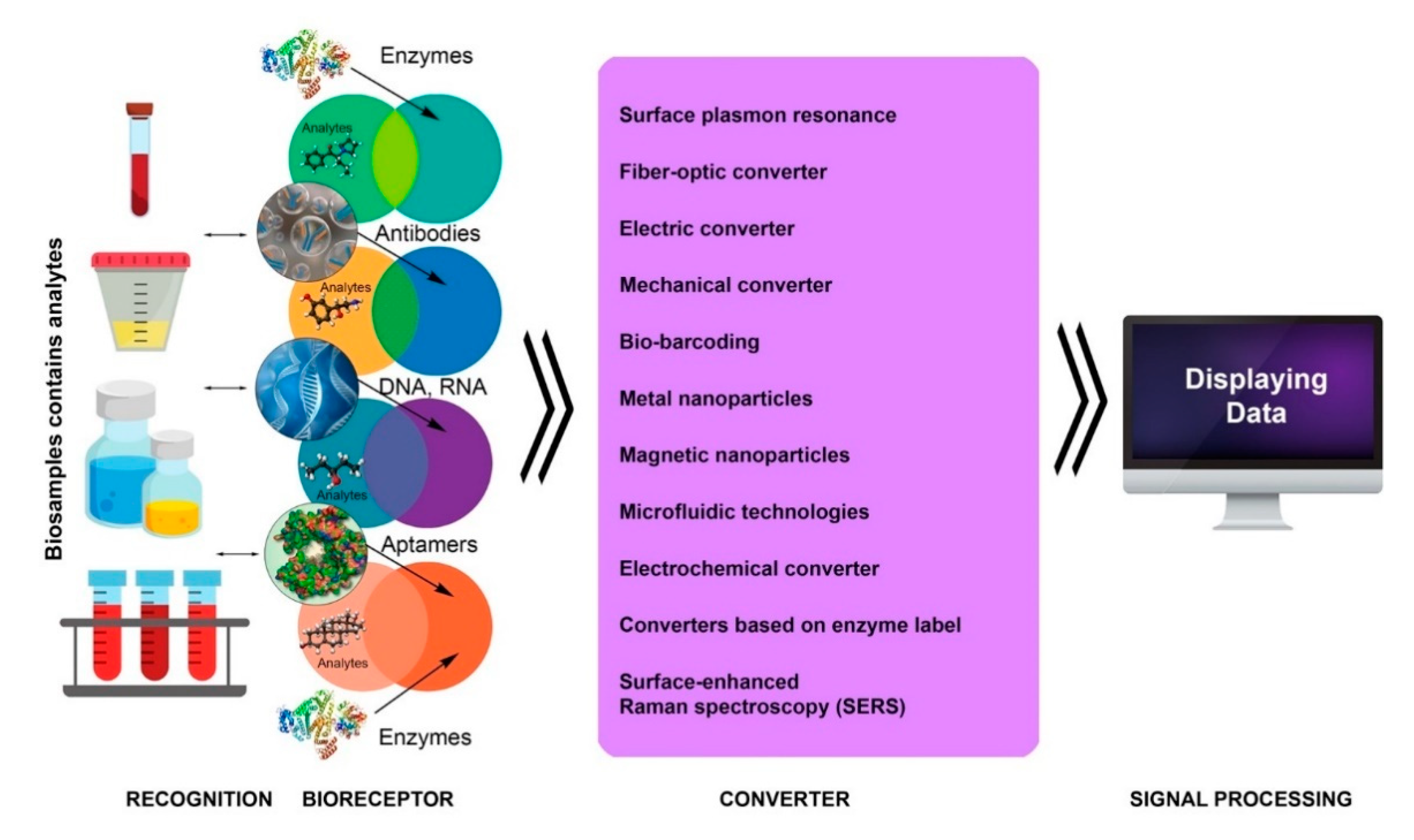


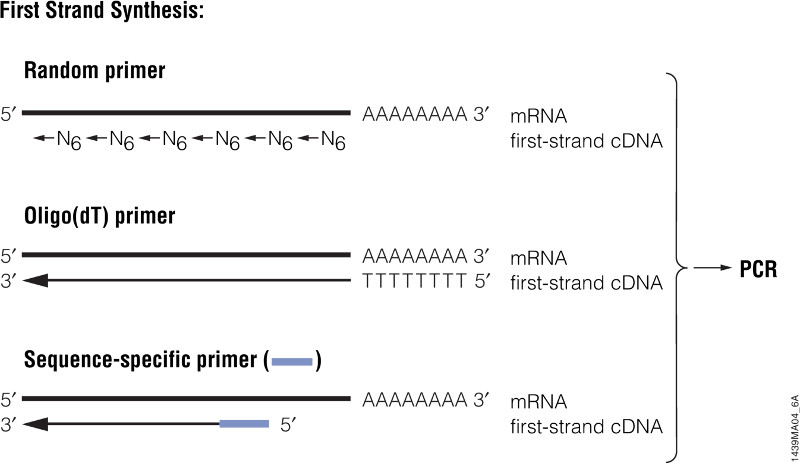
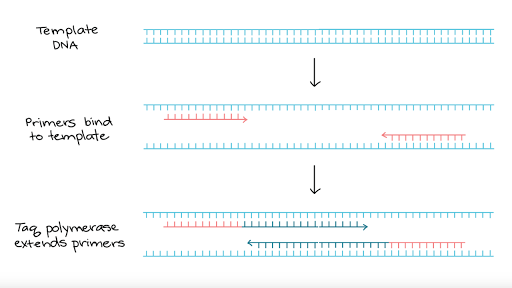






















Post a Comment for "43 label the steps and components of the polymerase chain reaction."